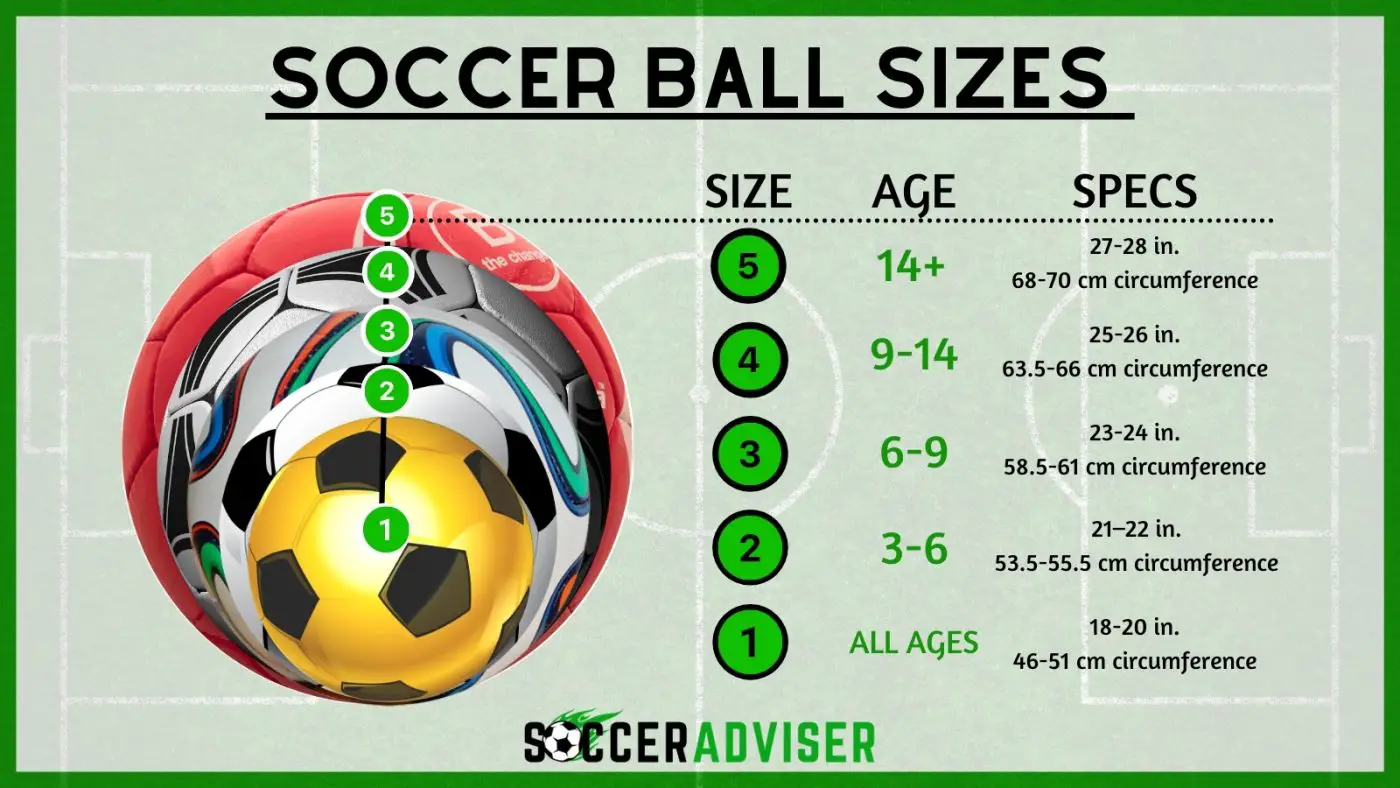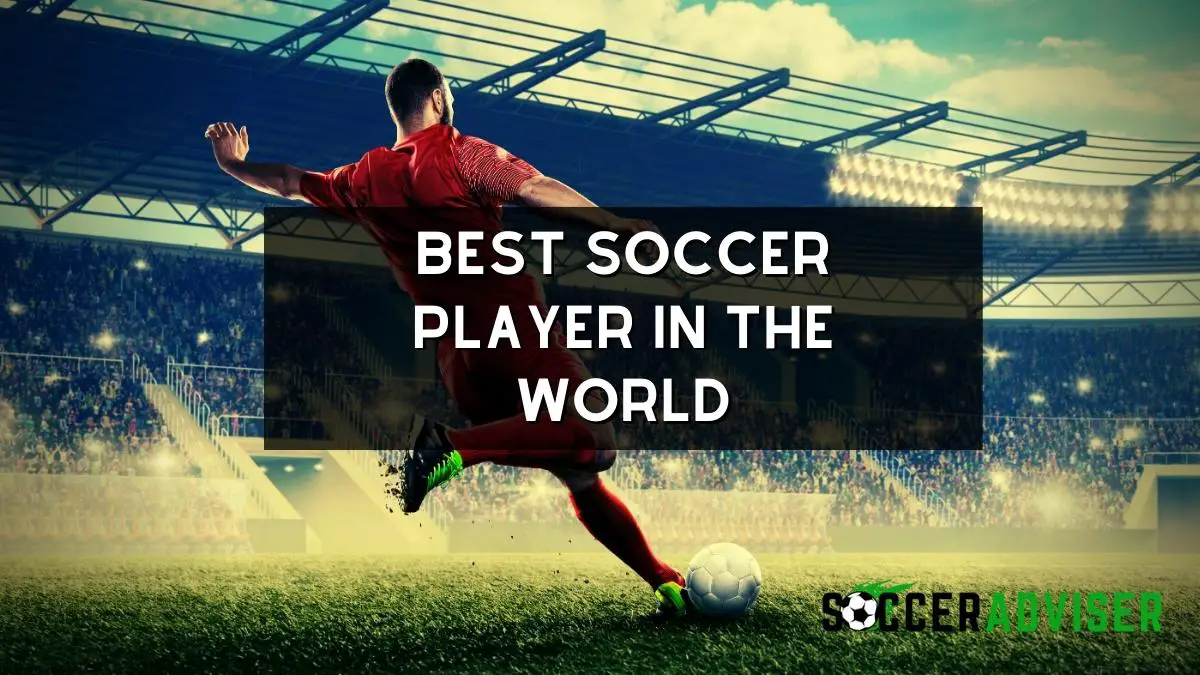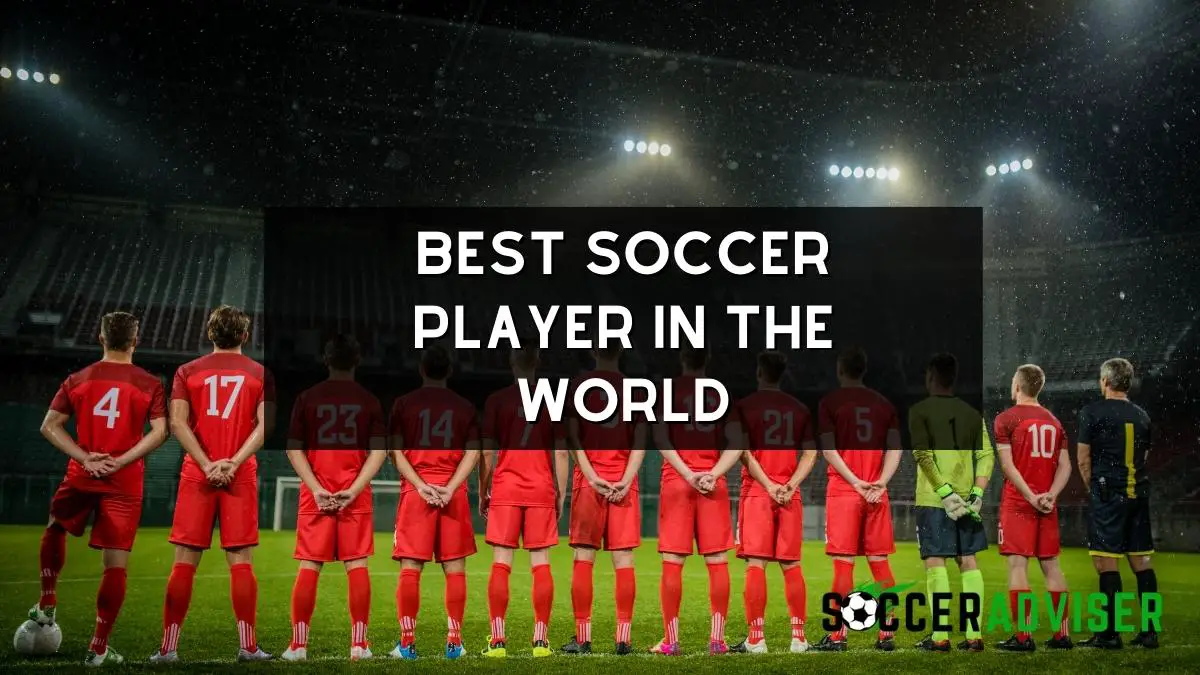List Of Equipment Needed For Soccer Training

As an affiliate, we may earn from qualifying purchases. We get commissions for purchases made through links on this website. You can read more on our Affiliate Disclaimer here.
As you may already know, soccer consists of running and kicking a ball across a field. As such, all you need to train, is something to run with (preferably legs) and a soccer ball. The end.
However, I know this is not what you came here for. You want to see a list of equipment needed for soccer training; to either attend soccer practice (if this is your first time playing at a local club or team) or to up your training regime on your own or with friends.
Don’t worry, I’ve got you, and I will share just that as well as what the equipment is generally used for and if it is indeed a necessity or an unnecessary luxury.
Attending Soccer Practice For The First Time
This would typically be when joining a local team or school team where the coach or facility already provides the majority of equipment. In this case, what you need to bring to soccer practice will be minimal but will vary depending on whether you are based indoors or outdoors.
Likewise, the type of terrain you are playing on will determine which cleat you will want to bring – do not worry, though you won’t need a different pair for each terrain, you will simply buy the most versatile pair for the type of training conditions you will be attending.
For example, there is soft ground, firm ground, artificial turf, hardwood floor, Acrylic surface flooring, and others – all of these will have their own rules and preferred soccer cleats.
Soccer Cleats – Choosing the right soccer cleats to bring
Artificial Turf/Artificial Grass:
- Indoors as well as outdoors, you may see artificial turf/artificial grass.
- Artificial turf soccer fields are typically used for schools and parks. There are also FIFA-approved artificial turf fields in many professional games.
- Artificial turf is similar in look and feel to natural grass; however, it does not require natural grass maintenance.
You will want to buy turf cleats for this type of terrain, which are specifically designed for this terrain.
You would not be allowed on an AG/AT pitch wearing metal-studded cleats (for grass fields) as these can get caught in the ground and present a risk of injury. Conversely, turf cleats are very comfortable and assist you with the fast-paced movements you will be making on the pitch.
You can check out our list of the best artificial grass soccer cleats under $80, if you are after a pair.
Synthetic Surfaces & Harwood Floors:
These are typically the flat surfaces you find in recreational centers and sports gyms, although there are weather-durable synthetic pitches outside, too.
You would be using a more flat outsole cleat on this type of surface, but they will still provide a lot more grip than any standard shoe.
Think of basketball shoes, as these are quite similar. They have no raised surface to get a hold on, so they do not need any type of studs.
You will still be allowed to wear many artificial turf shoes on these types of surfaces but keep in mind, they have no real advantage here.
Natural Grass (Hard Base – Dry Surface = Firm Ground):
This will be your standard grass at a local park, which is where most youth and amateur teams and clubs play and train.
On an average day, natural grass has a hard base and dry surface, so you will be wearing what is known as Firm Ground (FG) soccer cleats.
These will have reinforced plastic studs that handle the surface perfectly.
FG Soccer Cleats are the most widely available and purchased worldwide because they can safely be used on multiple surfaces (not all).
You can check out our list of the best firm ground soccer cleats under $80, if you are after a pair.
Natural Grass (Somewhat cushioned/wet ground):
Professional fields will typically have a soft ground terrain. This is due to the natural grass being maintained, fertilized, watered, etc. The base of these fields usually consists of sand and gravel, which is what gives it that cushion-feel.
For this type of terrain, you will need Soft Ground soccer cleats or (SG cleats).
The outsoles of modern, soft ground cleats are made with a blend of plastic and metal studs of various shapes and sizes. These are designed to help you navigate the complex soft ground beneath you.
However, amateur soccer players will not play on this grass often, so it would generally not be necessary nor recommended to buy a separate pair of SG cleats.
You may, however, come into these conditions if you are playing or training on a natural grass pitch after a rainy day. As the mud beneath will loosen the ground, making it softer and easily penetrated. So this might be a purchase you have already decided is necessary for you.
Remember, the right cleats for the surface you are playing on must be worn; otherwise, you are taking a considerable risk regarding an injury.
Water:
This one should go without saying, but hydration is vital. It is not the coach’s job to supply water, so always pack enough in your bag; 2-3 sports cap bottles will do.
Soccer Kit/Uniform:
Unless you are required to wear a specific team uniform, you do not need to wear any specific clothes to soccer practice beyond what you would usually wear for sports. I.e., a T-shirt (or Jersey) and shorts. Depending on the weather you might want to wear jogging bottoms or full-length trousers, but keep in mind, nothing too baggy which might restrict your movement.
If the weather is cold, many players opt for base-layers (also known as sports tights or thermals), which can be worn underneath their jersey and shorts and keep them warm without constricting their movement or making them uncomfortably hot.
Soccer Socks
You will also need to buy some soccer socks as part of your kit. These are a lot longer and thicker than regular socks.
Shin Guards/Shin Pads:
In soccer, for obvious reasons, the shins are most likely to be injured. Whether playing an actual match or attending practice, shin guards are required. These are quite cheap and can be picked up in a variety of styles. They typically go underneath your soccer socks and won’t be seen.
Soccer Ball
If you are required to bring your own ball to practice, the coach will let you know in advance. You might want to carry one anyway so you can have a kickabout or continue practicing after your session.
Those are the basic items or “equipment” needed for soccer training if you are attending training being conducted by somebody else. But if you are training by yourself or in your own back yard etc. you will want to consider all of the above and the following:
List Of Equipment Needed Soccer Training
Goalpost
Depending on your situation, you can use a pair of pop-up/collapsable goalposts or you can permanently fix a more sturdy one into the ground. Even collapsable posts come with anchors, and these work out a lot cheaper.
Cones
You can use cones for practicing drills and ball control. Most soccer players consider cones a must as there are several exercises you can do with them.
Agility Ladder
A speed and agility ladder is not a necessity but a great addition to any soccer training program. If you are hoping to achieve an improved speed and agility performance, then look no further than an agility ladder. Additionally, you can get kits that include a speed parachute, cones, and an agility ladder quite inexpensively.
Soccer Balls (plural)
I have already mentioned bringing a soccer ball to practice; however, when creating your own training set up, you will definitely want to have more than just the one ball. You do not want to be deep into a training session when your ball goes flying off to god knows where or gets punctured – these are not farfetched scenarios. So, do yourself a favor and grab a few of those, maybe various sizes.
If you do not know what the different sizes of soccer balls are for, then have a look at the chart below.

Other Training Equipment
Beyond these items, I feel like any other training equipment is great and provides you with a nice fun variety for your practice; however, they are a luxury.
These include:
Soccer Ball & Tether
Good for enhancing ball control skill and getting more touches of the ball as well as juggling practice.
Rebounders
Great for both solo and partner training. It kind of does the job of a wall, but better. The rebounder just throws the ball back to you and matches your force. Rebounders are another great tool used for touches and ball control. Some can also be used to help goalkeepers practice, which is probably the most challenging position to practice alone.
Hurdles
If you purchase a big enough speed and agility ladder set, they might throw in some hurdles. You can use these to set up your own training circuit.


